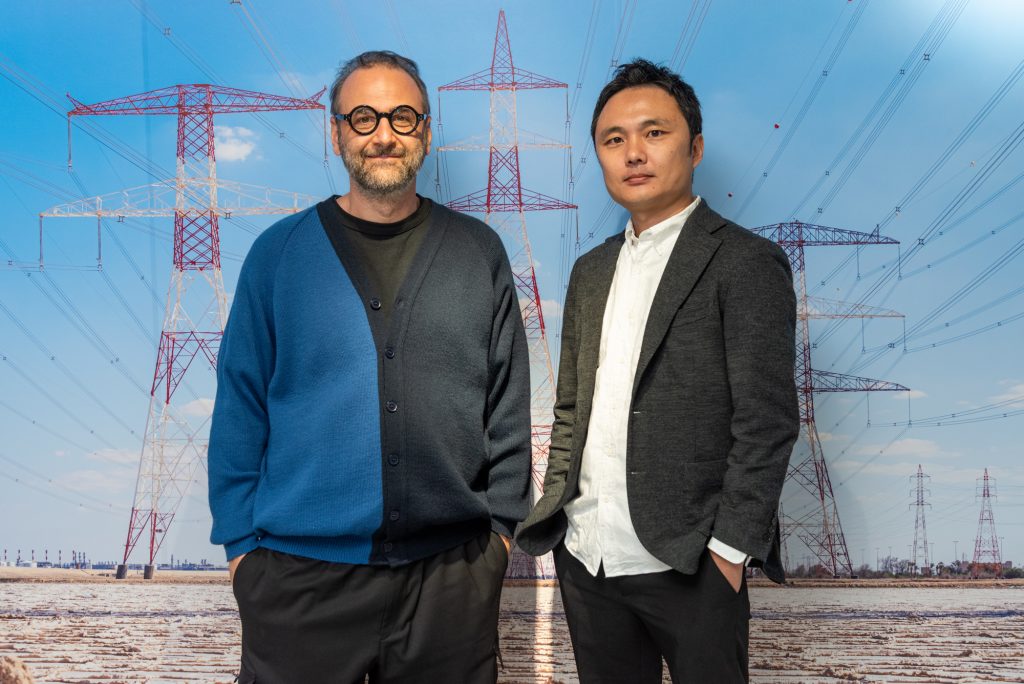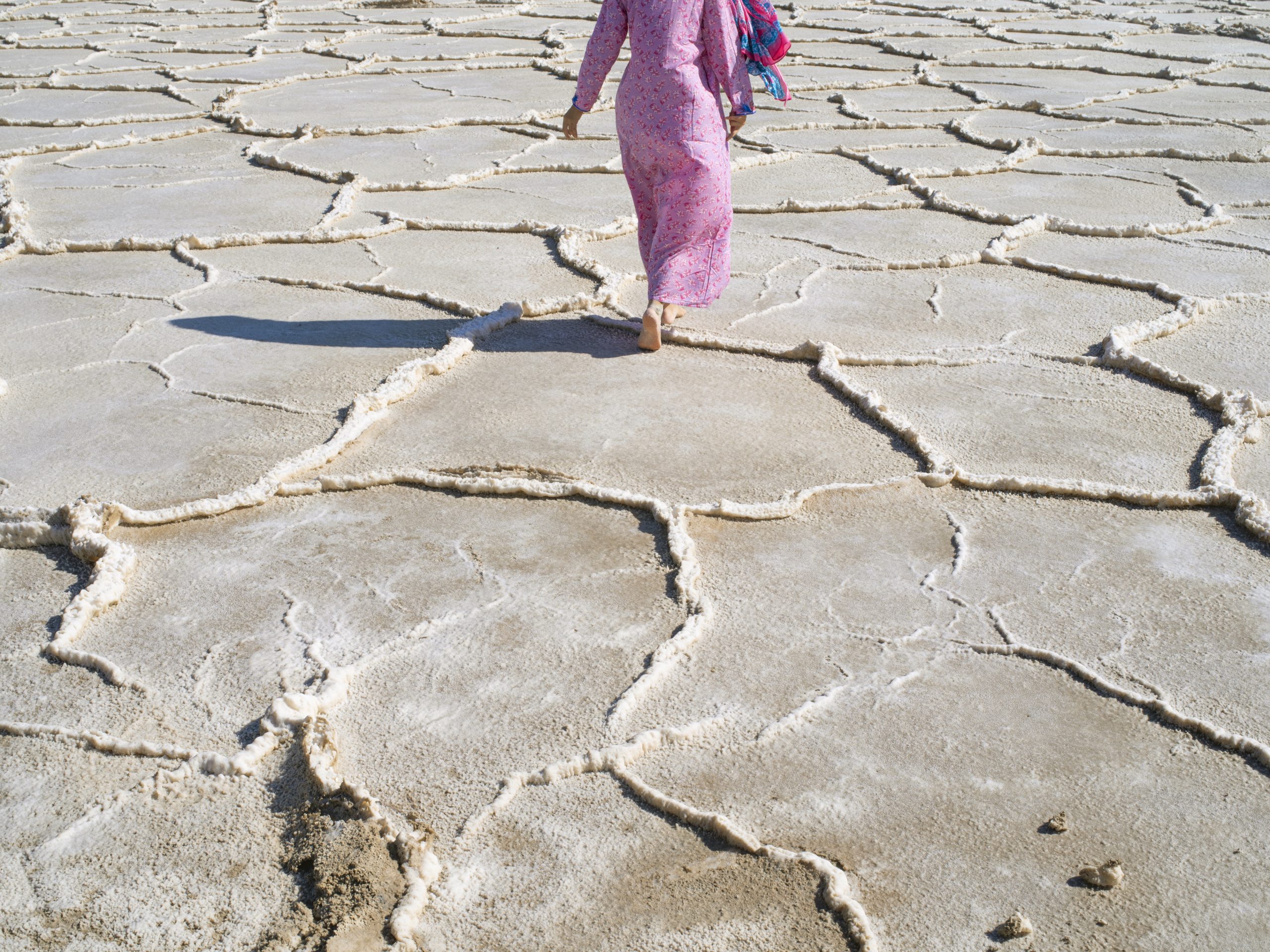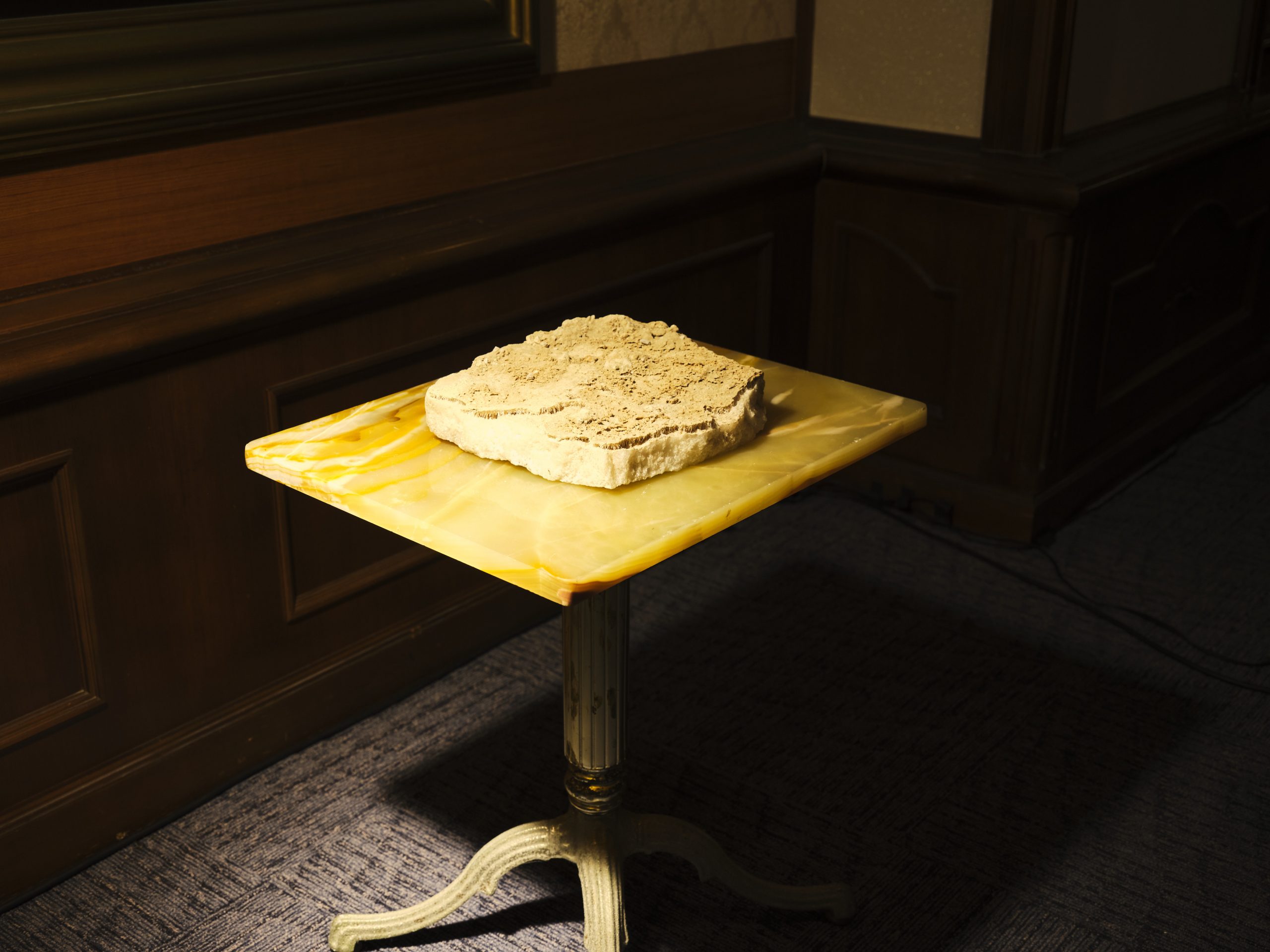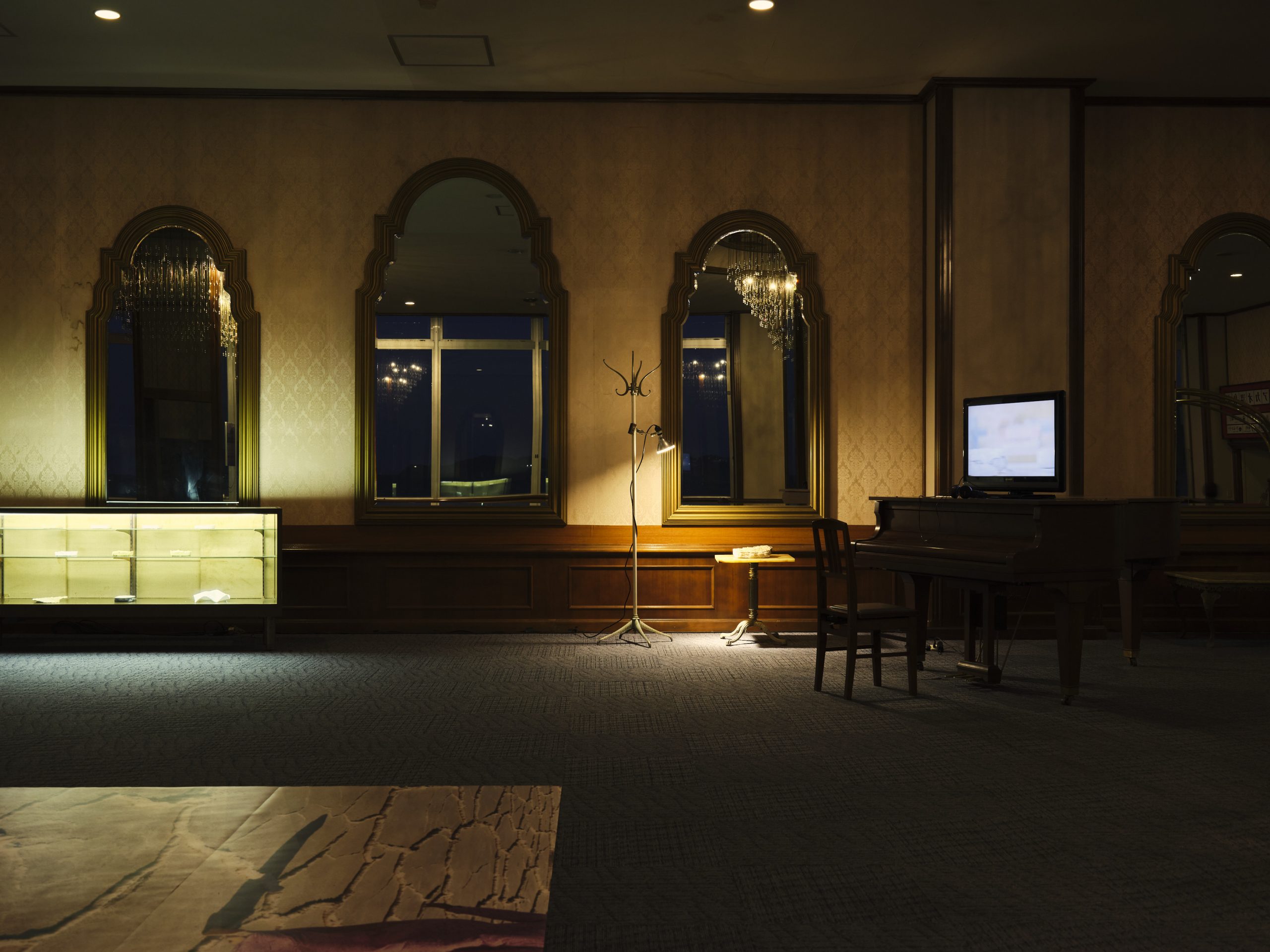
- ARAB NEWS
- 02 Jul 2025

Carla Chahrour
DUBAI: From monumental structures that represent societal values to the buildings and residences that configure the foundations of cities and towns, architecture has the power to shape the natural environment in which humans live — for good or for ill.
As the world’s population expands and spurs rapid and increasingly overwhelming urbanization resulting in the acceleration of climate change, the need for architects who play an active role in achieving sustainable environmental development also rises.
One of the many contributing factors is the construction industry, which is responsible for 40 percent of the carbon dioxide emitted globally each year, according to a report published by the United Nations Environment Programme.
Conventional building materials such as cement, and the processes involved in manufacturing, transporting and installing it, place a big toll on the climate, around 5 to 8 percent of annual global anthropogenic carbon dioxide emissions can be attributed to this process. Yet without it, structures such as buildings, bridges and factories could not be built.
Architects are increasingly considering ways to minimize the harm they inflict on the environment and address the causes of climate change stemming from their profession through thinking of how their practices contribute to greenhouse gas emissions.
Lebanese architect and co-founder of waiwai research and design agency, Wael Al-Awar, belongs to an emerging group of architects determined to find a new way to build through challenging conventional processes and pushing the boundaries of design by focusing on the role that it plays for an increasingly troubled planet. Based in Dubai, Al-Awar studied architecture at the American University of Beirut in Lebanon, where he received his diploma. After graduating, he worked in Tokyo for eight years, and in 2009 started waiwai after moving back to the Middle East.
“We really are trying to redefine or re-question the role of the architect in the 21st century, especially with the climate crisis that we have and face today,” Al-Awar said. “You know, we really have to rethink our systems and the way we produce architecture. A lot of architects focus on design and basically think of themselves as just purely designers. The way we are different is that we believe architecture today is produced through a collaboration process, and that includes not only designers but also scientists,”
In the exhibition of such a research project, Al-Awar illustrates the role that architects play in the preservation, improvement and creation of the built environment by illustrating the obligations that they have, as citizens of their environment, to bring sustainability into their practices.
“Modern architecture, or the architecture of the 20th century, using cement and traditional Portland cement we know today is responsible for 40 percent of the climate crisis,” Al-Awar said.
“Maybe many architects think that it is not their problem and say this is a problem for others to solve . . . but today I think we can no longer say this is not our problem. If you are one of the active participants within that team, then that is equally your problem. So we try to take a new holistic approach to architecture,” Al-Awar said.
At East-East: UAE meets Japan Vol. 5, Atami Blues, from Nov. 3–27 — the fifth exhibition series started by curator Sophie Mayuko Arni that aims to foster artistic dialogues between the UAE and Japan through artistic collaboration and exchange in celebration of the 50th anniversary of diplomatic relations between the two countries — waiwai will be presenting their award-winning “Wetland” research project, an environmentally-friendly salt-based cement alternative inspired by sabkhas, the Arabic term used for salt flats, in the UAE.
 Artwork by Farah Al Qasimi, presented as part of “Wetland” by waiwai research and design agency. (Supplied/Image courtesy of National Pavilion UAE – La Biennale di Venezia)
Artwork by Farah Al Qasimi, presented as part of “Wetland” by waiwai research and design agency. (Supplied/Image courtesy of National Pavilion UAE – La Biennale di Venezia)Curated by Al-Awar and Tokyo-based architect Kenichi Teramoto “Wetland,” which was awarded the Golden Lion Award for best national participation at Venice’s 2021 La Biennale Architettura, presents a prototype of an environmentally friendly salt-based cement alternative made from recycled industrial waste brine that reduce the adverse environmental impacts that the construction industry has on the environment.
The emphasis in “Wetland” centers on discovering alternative building materials in construction for countries in the Gulf Cooperation Council. It stems from the realization that other countries have already found ways to reduce their reliance on cement through the use of more sustainable materials such as bamboo, wood and other supplementary cementitious materials that can help the reduction of the environmental impact of the construction.
“The research really focuses on finding an alternative, sustainable construction material specifically for the Gulf. So we started looking at what could become the new or the future vernacular of the UAE and shape the future of construction and architecture in the UAE,” Al-Awar said.
The decision to find an alternative to cement developed from the fact that cement is the second most used construction material after water, and one of the most polluting. This is largely due to the processes that take place in the production of cement, which are highly energy-intensive. The production of cement directly releases carbon dioxide through burning limestone to form clinker and while burning the fossil fuels to heat the kilns. Both the heating, which is normally fueled by coal, and the chemical reaction it induces, releases large amounts of carbon dioxide, which degrade air quality and have a major impact on climate change, contributing significantly to global warming.
The UAE has experienced an expansion in the country’s cement industry over the past two decades to meet the demands of its extensive infrastructure. For example, according to a study, cement production in the UAE reached over 5–6 megatons per year in 2008, which was considered the peak of construction activity. This is indicative of the tremendous demand for cement in the country and the volume of production, which illustrates the importance of using alternative building materials.
In their search for alternative and sustainable materials that could act as replacements to Portland cement, they came across mineral-rich sabkhas in the UAE, and were inspired by their cementitious crusts. However, since the objective of the study was concerned with ways to help the environment rather than destroy it, tapping into the natural landscape would be counter-productive. Instead, the architects began researching methods that would enable them to recreate the salt and mineral compounds found in the sabkhas, but in a lab.
“Once we start looking at the geography, we came across the salt flats of the UAE, the sabkhas, as they call them in Arabic, and we were really inspired by the cementitious crust of these salt flats. Then we quickly learned that a lot of vernacular architecture of North Africa was built using salt flats and sub cross-sections such as the Siwa Oasis in Egypt, which is on the border of Libya. However, salt flats are part of our natural environments and ecosystems, so we cannot really go and mine them to build with them. But we were able to learn from them,” Al Awar said.
One promising solution, which forms the cornerstone of the wetland project exhibition, is the use of reject brine generated by desalination plants in the UAE to harvest magnesium oxide — MgO — which is a water-insoluble crystalline that has versatile properties such as strength and durability. Another practical feature of MgO is its ability to capture a considerable amount of carbon dioxide, thereby decreasing the material’s environmental impact throughout its lifecycle. This provides a substantial contribution to environmentally friendly construction as their use would not only minimize the global climate impact by cutting energy consumption and greenhouse gas emissions, but the use of recycled reject brine from desalination plants prevents it from being discharged into marine environments, where they would result in detrimental ecological impacts.
“From that learning we came to the conclusion that there are very specific salts, specifically magnesium oxide, that can work as an insoluble crystal, meaning that if you use it to produce cement, it doesn’t dissolve in water and could become a replacement to the ordinary Portland cement that we use today in the construction industry. Then the question becomes, how do you source that magnesium oxide? And when you start thinking of salt waste products, immediately you come to the conclusion that desalination and reject brine is big in the Gulf, so it offers you these materials immediately. So then we recycle byproducts rather than tap into the natural landscape,” Al-Awar said.
 Natural sabkha fragment displayed at “Wetland” research project at East-East: UAE meets Japan Vol. 5, Atami Blues. (Supplied)
Natural sabkha fragment displayed at “Wetland” research project at East-East: UAE meets Japan Vol. 5, Atami Blues. (Supplied)The alternative cement will be displayed at the “Wetland” research project where precast blocks of brine-based cement created by Al-Awar, Teramoto and other academic collaborators will be showcased, demonstrating the future of vernacular architecture.
The congruence between desert areas in the UAE and the oceanic theme of the exhibition will be highlighted through the inclusion of a video explaining the exhibition’s research journey and scenic photographs of the Al-Ruwais sabkha taken by New York-based Emirati artist Farah Al Qasimi that capture the tension between modernization and the natural landscape to show how urbanism and ecological systems are intertwined. In doing so, the installation allows the audience to view the country with a new perspective and reinforces the promotion of using salt as an alternative material.
 “Wetland” research project at East-East: UAE meets Japan Vol. 5, Atami Blues. (Supplied)
“Wetland” research project at East-East: UAE meets Japan Vol. 5, Atami Blues. (Supplied)To reduce the concentration of carbon dioxide emitted into the atmosphere and contribute toward achieving the net-zero policy target, developing viable alternatives that are capable of decreasing the embodied energy that is generated during the direct and indirect processes associated with the production of building materials is critical. While the salt-based cement presented at the “Wetland” research project offers grounds for the construction of permanent structures, waiwai has also conducted research on alternative materials that could be used for temporary structures, which is currently on view at another exhibition entitled “Wetland lab” at SRR Project Space, Shimokitazawa, Tokyo.
Expanding the paths available for sustainable construction and design, “Wetland” reconceptualizes the future of architecture by dispelling the metaphysical ideology captured within the domain that ignores diverse issues such as human health, carbon emissions and biodiversity by showcasing the dualism that exists between the integration of technological innovation in architecture and construction with the natural environment to reveal new opportunities for their practice that mitigate the damage of climate change.